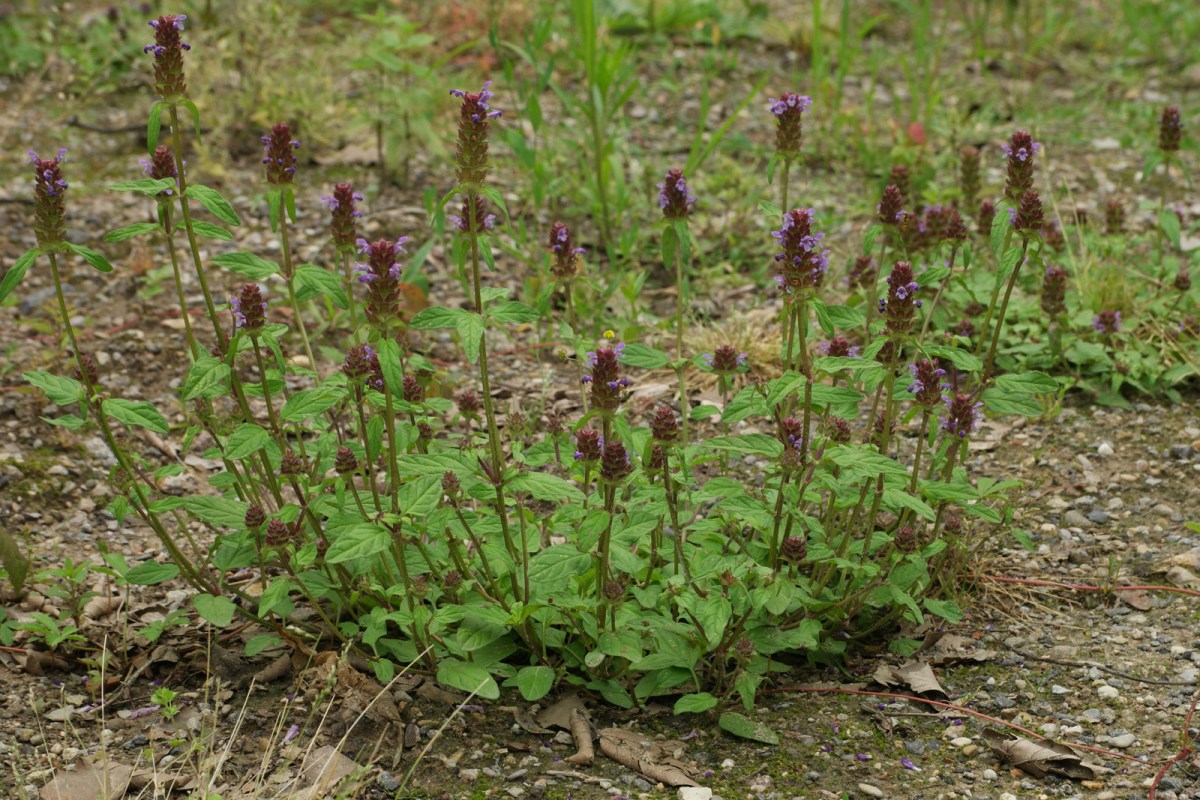[1] Potter's New Cyclopaedia of Botanical
Drugs and Preparations R.C. Wren Revised by Elizabeth M. Williamson and
Fred J Evans. First published in Great Britain in 1988 and reprinted in 1989
and 1994 by the C. W. Daniel Company Limited. 1 Church Path, Saffron Walden
Essex. Published 1988 Printed and bound by Biddles, Guildford ISBN 085207 1973.
[2] A.J. Ewart, Flora of Victoria; Melbourne University Press, Melbourne,
1930
[3] E. Gildemeister and F. Hoffman, Die Astherischen Oele, Vol. 7, Akademie
Verlag, Berlin, 1961
Images
1.
littlemountainhomeopathy.com
2.
[1]
3.
plantsam.com
 Prunella
vulgaris. Self heal, Sicklewort, Heal all Family:
Labiatae
Prunella
vulgaris. Self heal, Sicklewort, Heal all Family:
Labiatae

 Research.
Research.